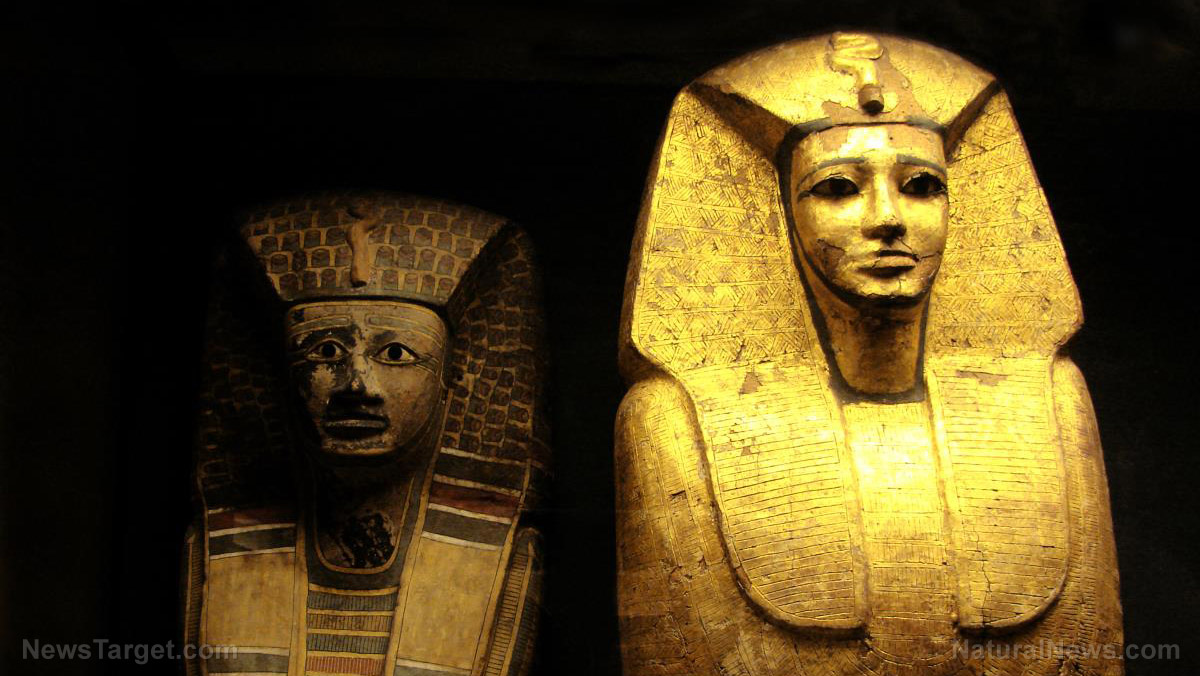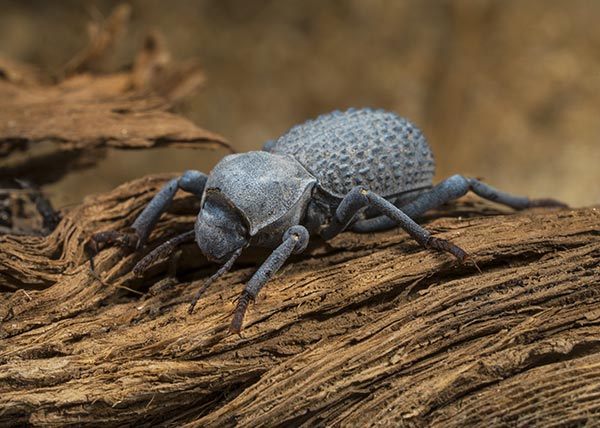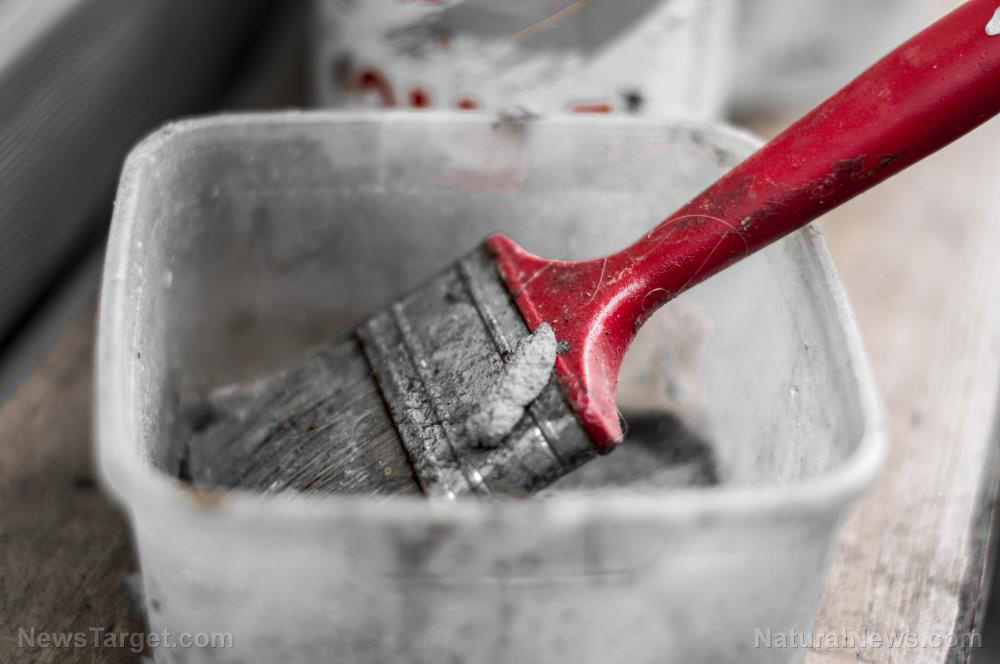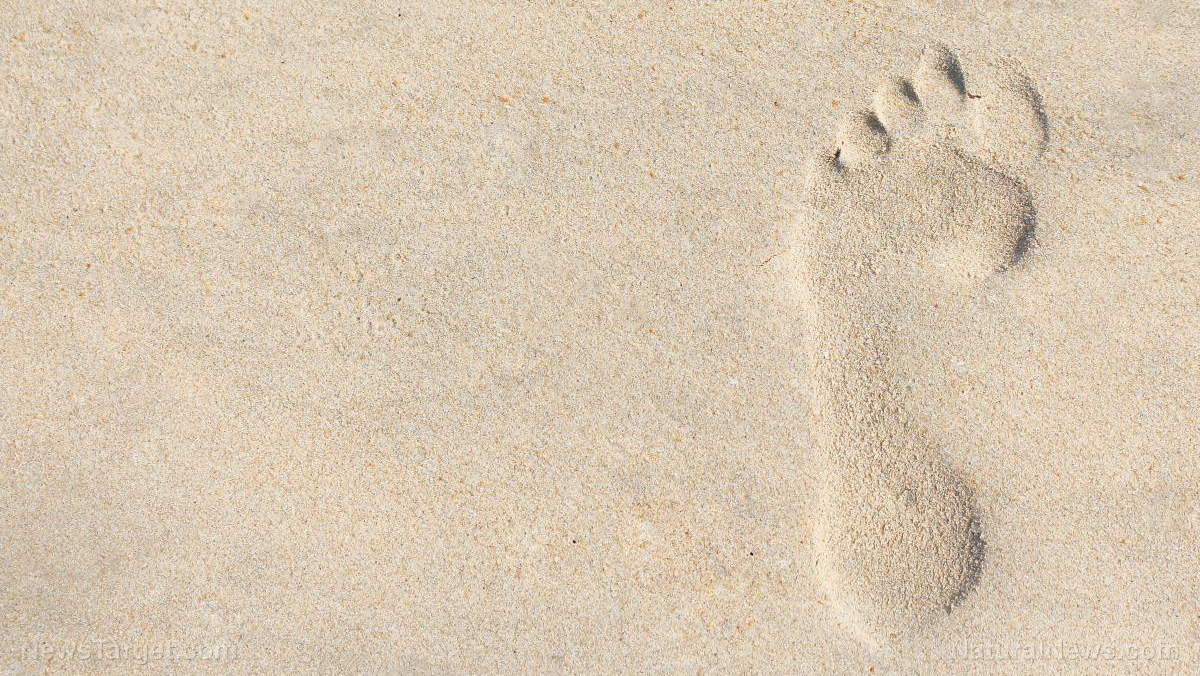Recent study reveals ancient text found in 2012 is the “oldest map of the underworld in existence”
10/30/2020 / By Virgilio Marin

Archaeologists from Belgium have uncovered the remains of what may be the world’s oldest known copy of the “Book of Two Ways” – a spiritual map to the Egyptian underworld.
In 2012, a team of archaeologists led by Egyptologist Harco Willems of the University of Leuven in Belgium, excavated a burial shaft in the village of Dayr al-Barsha?, midway between Cairo and Luxor on the eastern side of the Nile. The team found two decaying scraps of engraved wood from a sarcophagus, a stone coffin adorned with inscriptions and commonly sculpted to the deceased’s figure.
In a study published in the Journal of Egyptian Archaeology, Willems described their finding and revealed that the text dates back 4,000 years, making it the “oldest map of the underworld in existence.”
Oldest map to the underworld meant to guide woman
The Book of Two Ways was meant to guide the deceased in their perilous journey to the underworld. This guide, which was a precursor to the corpus of Egyptian funerary texts known as “The Book of the Dead,” depicted two paths that zig-zag through obstacles and demonic entities and toward “Rostau,” the realm of the Egyptian god of the underworld, Osiris.
According to Willems, the inscriptions on the scraps of wood quoted the Book of Two Ways, illustrating the journey of the deceased, a woman of high stature named Ankh, to the underworld. Willems also picked up other artifacts in the grave and dated them to the reign of Pharaoh Mentuhotep II, who ruled until 2010 B.C.
This makes the manual that Willems and his team found some four decades older than any of the two dozen extant copies of the Book of Two Ways. Written for officials during the Middle Kingdom – which began around 2030 B.C. and ended 1650 B.C. – these copies were found on tomb walls, papyri, mummy masks and in other coffins.
The sarcophagus was initially believed to be owned by Djehutinakht I, an ancient Egyptian “Overlord of the Hare nome,” as he was mentioned in the inscriptions. But the latest study revealed that the coffin might in fact be inhabited by a woman. She, however, was referred to as a “he” in the afterworld instructions etched on her tomb.
“The funny thing is the whole idea of how you survive in the netherworld is expressed in male terms,” said Willems.
In ancient Egypt, rebirth was associated most closely with male gods. Therefore, deceased women were forced to adopt the Egyptian pronoun for “he” to be more like Osiris himself, according to Egyptologist Kara Cooney of the University of California, Los Angeles.
Coffin scrap rivals ancient Egyptian scroll
Willems’ find rivals the rediscovered Egyptian scroll believed to date to as far back as B.C. 2,300. In 2015, Egyptologist Wael Sherbiny, who received his doctorate from the University of Leuven, found the scroll piled among several other ancient fragments on a shelf in the Egyptian Museum in Cairo.
The leather roll is around 2.5 meters long and contained text and drawings on both sides, including a large segment mixed with both text and illustrations from the Book of Two Ways. The segment is recognized from the floorboard decorations of Middle Kingdom coffins, though Sherbiny dates the scroll to between 2300 B.C. and 2000 B.C., from the late Old Kingdom up to the early Middle Kingdom.
“The texts in the scroll contain this specific and magical knowledge that is required to pass safely by these dangerous beings and get access to the divine restricted area behind the gates,” said Sherbiny, who’s yet to publish his finding.
He said that the document was likely forgotten by those who acquired it during or after the Second World War. Since then, it was stored among several other manuscripts and ancient papyri in the museum.
Artifacts.news has more on ancient Egyptian finds.
Sources include:
Tagged Under: Ancient Egypt, ancient text, artifacts, Book of the Dead, Book of Two Ways, discovery, Egyptology, history, Middle Kingdom Egypt, oldest Egyptian artifact, Osiris, research, sarcophagus
RECENT NEWS & ARTICLES
COPYRIGHT © 2017 REAL SCIENCE NEWS



















